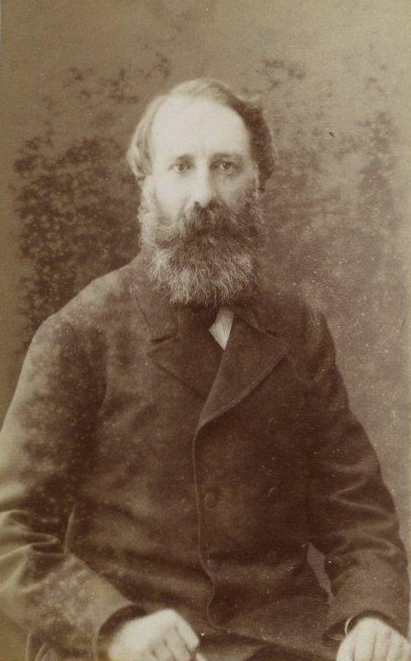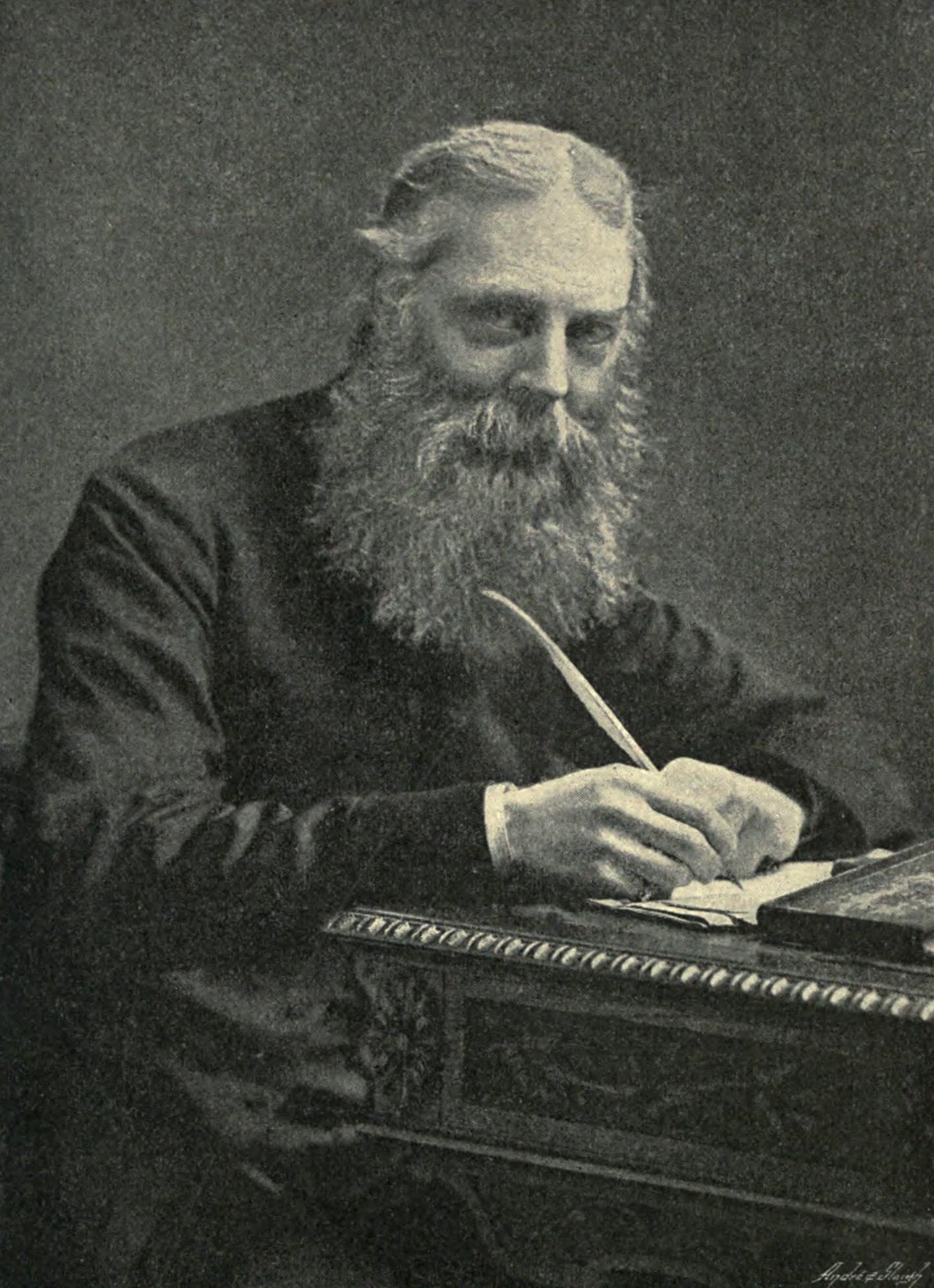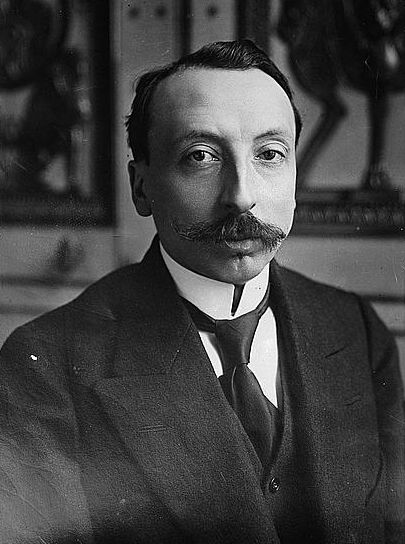 |
| He was a very naughty boy |
This is a short item. Filler items just tend to proliferate. Find it in one newspaper, and before long you find the same blind item repeated in newspaper after newspaper, with no indication whatsoever what the ultimate source was. Some years ago, a professor cited the adage that the United States and England are "separated by a common language," which he attributed to Oscar Wilde (it wasn't a class on English literature). I said that it was certainly not a Wilde quote, and said I had seen it attributed to George Bernard Shaw. The professor, being a professor, suggested I track it down. The aphorism has its origin in a blind item published in
Readers' Digest, where it was unattributed.
The
Bisbee Daily Review ran a brief article in their July 28, 1921 edition. Esperanto was thirty-four years old at the time, so you would think the history was well established. This is what the
Daily Review wrote:
Esperanto, the international language, was invented by Dr. Zamenhof during 15 years captivity in a Polish prison.
Really?
Let's quickly review the history of Esperanto.
L. L. Zamenhof was born in 1859. Before heading off to college, young Eliezer (later Ludovik) Zamenhof created an international language, which gets referred to as "pra-Espernato." This was finished in about 1878. His father told him to put it aside, and it would all be there when he got back from college. When Eliezer went off to college, his father destroyed his son's work.
Eliezer went back to work on the language during his nights, while treating patients for diseases of the eye during the day. His fiancée's father helped pay for publishing the
Unua Libro. That brings us to 1887. Let's do the math: 1887-1859 = 28, but the
Unua Libro was published on July 26, and Zamenhof's birthday is December 15. Zamenhof was 27 years old when he published Esperanto.
If he had spent fifteen years in prison, he would have gone in sometime after his twelfth birthday.
Update: This short item was also printed in the
Norwich Bulletin of Norwich, Connecticut of July 5, 1921 and the
Hays Free Press of Hays, Kansas of October 20, 1921. Repetition didn't make it any more accurate.
Update 2: The
Los Angeles Times carried a somewhat longer version of this on July 17, 1921.
Esperanto, the only one of all the many so-called universal languages that shows any signs of survival, was invented by Dr. Zamenhof during fifteen years' captivity in a Polish prison.
This longer version is probably closer to the original, but obviously the earlier publication shows that it's taken from a somewhat earlier source.











































